Self Care and Assistive Technology
How to use assistive technology for mental illness
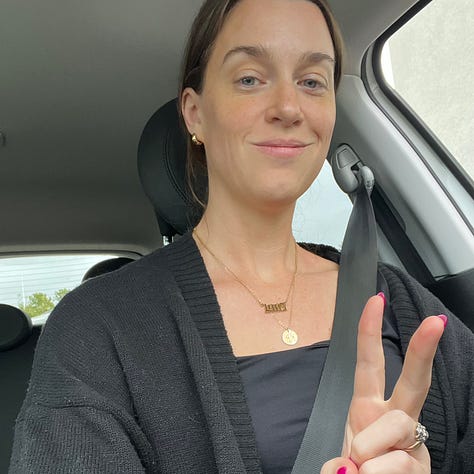
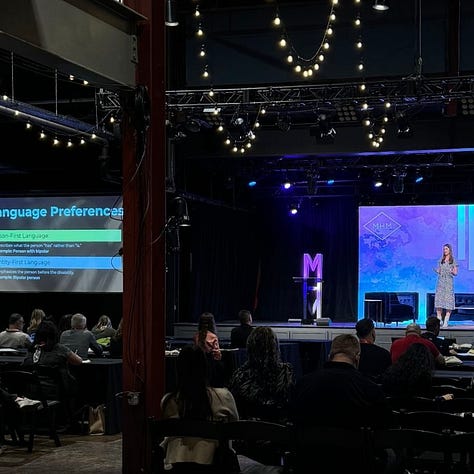

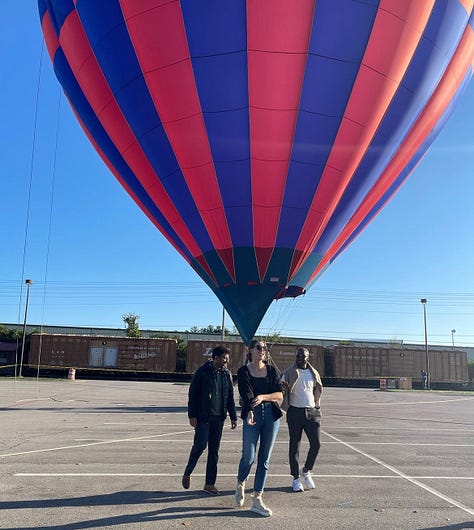


It has been an incredibly busy season of travel. Between conferences, road trips with my Dad, and day trips, I feel like I haven’t had a chance to catch my breath.
And though I have loved every second of the wild adventures I have taken (hello Mental Health Marketing Conference balloon rides, Northern Lights over the Mississippi, and House on the Rock) as a person with a severe mental illness, I have to be watchful and careful to create stability and self-care along the way.
While self-care is often thought of as bubble baths and yoga, self-care for me is the need to practice daily care to allow myself to be fully functional so that I can participate in the community, make a living, practice advocacy, and, quite honestly, stay out of the hospital.
For me, self-care does, in fact, include bubble baths and yoga because these activities force me to be present and grounded when my mind may be spiraling. But it also includes things that are considered “assistive technology,” such as weighted blankets, noise-canceling headphones, and using focus mode on my computer and phone.
While most people don’t know what assistive technology is or what it looks like when used for mental health or cognitive support, I thought I would share a few definitions, resources, and some of my personal tools.
Before I do, I want to give a big shout-out to my dad, who has worked in the field of assistive technology and disabilities for much of my life, and his team at Washington Assistive Technology Act Program (WATAP) (WATAP), who are doing some really cool work to pave the way for better access and education on this topic.
What is Assistive Technology?
The Iowa Department of Education defines assistive technology or “AT” as “any device that allows a person with a disability to do what they need or want to do.”
AT can fall into three categories: low-tech, mid-tech, or high-tech. In Exploring the Many Examples of Assistive Technology, Michael Halpin defines these levels as the following:
Low-tech assistive technology, for example, includes simple, often inexpensive tools that require little to no training.
Mid-tech assistive technology includes devices that are slightly more complex, often involving some electronic components, but still relatively easy to operate.
High-tech assistive technology comprises sophisticated digital devices that often involve advanced electronics or computer systems.
Assistive Technology is “any device that allows a person with a disability to do what they need or want to do.”
What is Assistive Technology for Mental Health?
Assistive technology for mental health can be tools that support concentration, memory, focus, and organization and help with mood tracking and regulation, decision-making, and more.
When many people think of assistive technology, they often think of its use for people with physical disabilities, learning and communication disorders, and hearing and vision loss. The first things that may come to mind are wheelchairs, braille, or captions.
While there has been a lot of research on assistive technology for cognitive disorders, there has been little research on mental illness and the co-occurring impact this has on our cognitive process. However, the conversation around the use of AT for people with mental illness is growing.
I have been very excited to see the progress made due to the advocacy and education from the neurodivergent community. I love to see disabled content creators sharing their tools, tips, and tricks to show ways we can make life a little easier and more manageable with our specific body and brain needs in mind.

Can assistive technology help non-disabled people?
Yes, assistive technology can help everyone!
I love sharing the concept of assistive technology with people who may not have heard of it because AT allows us to find tools like these to make everyone’s lives better. The use of AT by the non-disabled community could be described as the “curb cut effect.” Coined by Angela Glover Blackwell, Wikipedia defines the curb cut effect as:
“The curb cut effect is the phenomenon of disability-friendly features being used and appreciated by a larger group than the people they were designed for.”
The term is named the “curb cut effect” because while curb cuts were initially created to support wheelchair users, they ended up helping everyone from people pushing strollers to rollerbladers. Other examples are using captions, which can help you watch that YouTube video on the train when your headphones die, or speech-to-text when you don’t feel like typing.
My Assistive Tech Deck
While my list goes on and on, I thought I would share some of the things I use to help me as a woman with bipolar and anxiety when I am at home, traveling, or at work. I chose a variety of examples to help you think about the wide range of assistive technology you can use in your life.
If you find this list helpful, let me know by sending me a message. I am happy to create more detailed lists for each topic.
(Some of these items have links. For those that link to Amazon, please note that I am an Amazon Associate and get a small commission from sales. While it’s cool to earn some extra income, there may be better prices or small businesses you can support, so feel free to go there if you have them.)
What assistive technology do I use at home?
I used to feel constant stress about my mail. It felt like an endless barrage of garbage mixed with the occasional very important envelope, like a bill or a new debit card. Creating a sorting system allows me to attend to my mail when I feel less overwhelmed while still addressing time-sensitive items.
A three-sectioned laundry hamper
This hamper allows me to pre-sort what I dry, hang dry, and dry clean. Before I figured out this system, I would (and sometimes still do) struggle for weeks to get my laundry done because sorting felt too exhausting.
Weighted blanket
My blanket is beneficial when I am feeling overwhelmed and anxiety is taking hold. Sometimes, I use this when I watch TV to force a little downtime and relaxation. I also use it at night to help me sleep because nighttime is “doom” time for my brain.
Alexa or smart speakers
The ability to set timers and reminders helps me immensely when my mind is not feeling its best. Many houses have an Alexa or a similar device that can provide all kinds of assistance.
My dog Kandis
While she can sometimes cause stress, Kandis is a massive source of support for me and my mental health. I have even taught her to lay on my chest when I am on the verge of or am having a panic attack and to lick me when I feel like I am dissociating.
Fun fact: because she is so good at helping with my mental health, we have also trained her to be a therapy dog so that she can help others.
What assistive technology do I use when I travel?
Noise-canceling headphones
I like the Apple AirPods because I can keep them in my pocket if needed, and they fit my ears well. However, they can be pricey and don’t fit everyone’s ears. Finding the right noise-canceling headphones is a personal process, but having them on hand has saved me.
Compression socks
These help me when I don’t have my weighted blanket, and I often put them on when I get to the hotel. You can get these at any drugstore. Just make sure you have the correct size and fit.
This helps me organize all my hotels, flights, and events into one organized space so I always know where to find confirmation codes, addresses, and times.
Though I was first introduced to these by a rock climber when my fingers felt sore, I discovered that they were a really great and discreet tool for grounding me when I am panicking or starting to dissociate.
(Click the image above to watch my video: How I manage bipolar and anxiety as a traveling speaker: The Hotel Edition)
What assistive technology do I use when I work?
Computer and Phone Accessibility and Focus Tools
Microsoft has done a great job adding accessibility tools for mental health, such as Focus Assist, Immersive Reader, and visual adjustments, to its Windows Suite (Word, PowerPoint, Teams, etc.). Google has similar options within its suite. I also highly customize my iPhone and Mac for focus features.
The classic sticky note
Though many use sticky notes, there are times when I need to stick an urgent task right in front of my nose. If something is time-sensitive and essential but my brain is bouncing from one thing to the next, I have been known to literally put the note on my computer screen. Just remember to do a weekly (or daily) sweep of non-essential notes so you don’t get buried in old reminders.
A color-coded calendar
I love to color code my calendar to know what meetings are a priority, what timelines are approaching, and what tasks I need to do on a given day. While I sometimes add to-dos directly to my calendar, I also like using project management software like Trello or a good old-fashioned list in my Notes App.
What assistive technology or tools do you use? I would love to share them in future emails!
Where can I learn more?
University of Illinois Guides: Common Assistive Technologies
This website is designed to make finding the right mental health app simple and easy.
One Mind PsyberGuide App Toolkits
While this is from 2021, I continue to find many of these apps extremely helpful.
Accessibility for features and products you may already use:
Explore AT (Assistive Technology)
Information and resources on many different assistive technologies.
World Health Organization Assistive Technology
Overview of assistive tech from the global perspective
Was this article helpful? Please share with friends, family, and colleagues!

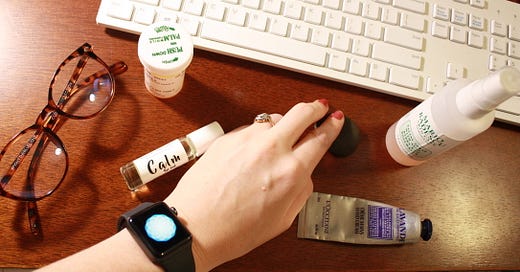



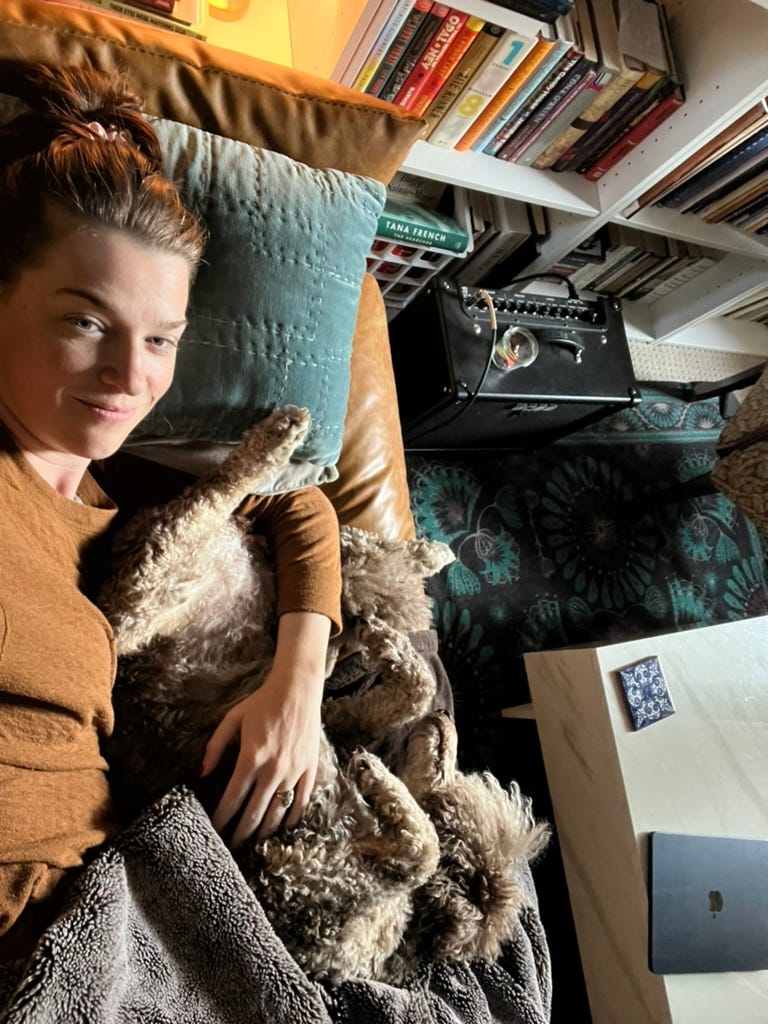

Your site, this is a great platform, I assume you keep detailed newsletter CLICK THROUGH and RESPONSE rates. How does one stay on track, and reliably responsive, with the volume of messages I might get with 600-700 visits per month? I might be able to afford the birthday pizza party I have had to defer until the second half of my life, a.k.a., pizza adulthood. 😀